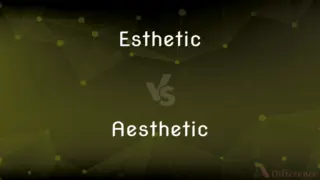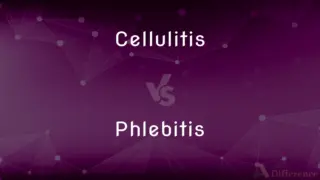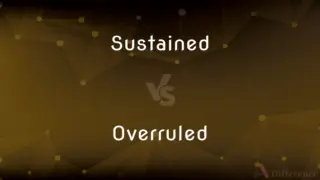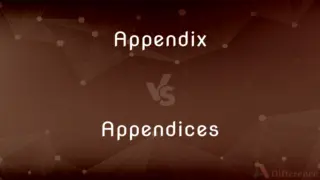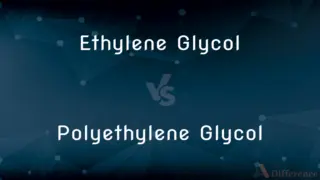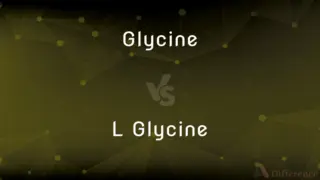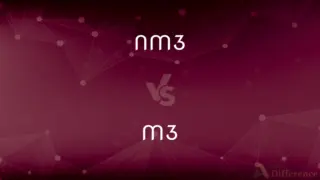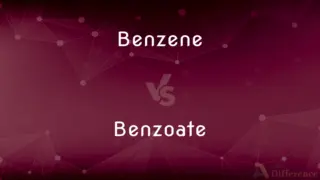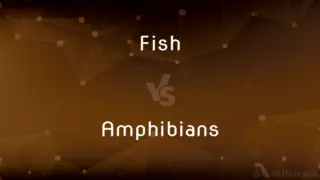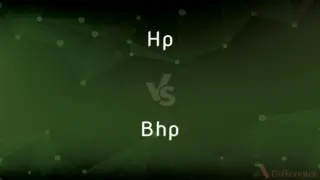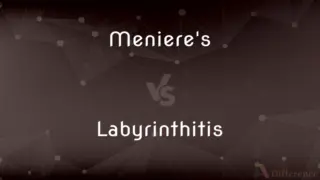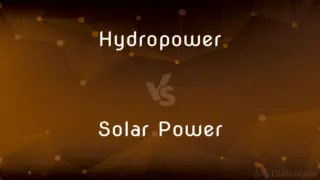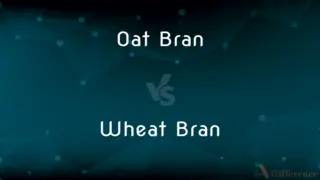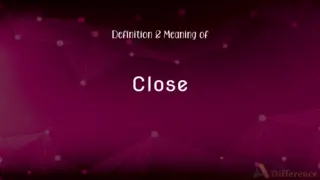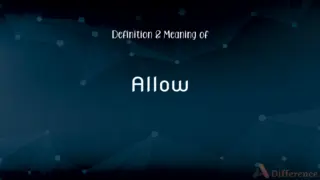Fuchsia vs. Hot Pink — What's the Difference?
Edited by Tayyaba Rehman — By Fiza Rafique — Published on October 18, 2023
Fuchsia is a vivid purplish-red color, while Hot Pink is a bright, intense pink color.
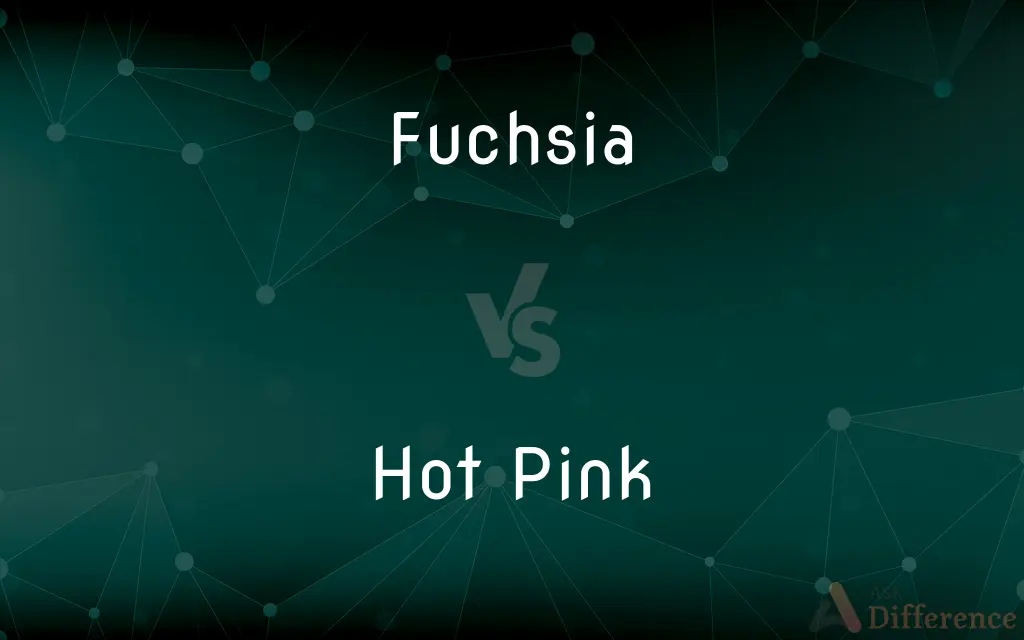
Difference Between Fuchsia and Hot Pink
Table of Contents
ADVERTISEMENT
Key Differences
Fuchsia and Hot Pink are both vibrant shades found in the spectrum of pink and red, but they possess subtle differences. Fuchsia leans more towards a purple-red tint, often recognized as a deep pink that borders on purple. Its name derives from the color of the fuchsia plant's flowers. On the other hand, Hot Pink is a brighter, more intense shade of pink, almost neon in its vividness.
While fuchsia has an elegance with its slight purple undertone, Hot Pink is bolder and more attention-grabbing. Both colors are frequently used in fashion, design, and art because of their eye-catching qualities. Their differences, while subtle, can change the mood or tone of a design or outfit.
For instance, fuchsia might be seen as more sophisticated, while Hot Pink can be perceived as more youthful and energetic. In essence, while both fuchsia and Hot Pink are closely related in the color spectrum, they have distinctive hues and evoke different feelings.
Comparison Chart
Color Family
Purplish-red.
Bright pink.
Intensity
Vivid but with depth due to its purplish undertone.
Very bright, almost neon.
ADVERTISEMENT
Common Associations
Sophistication, elegance.
Youthfulness, vibrancy.
Origin of Name
Named after the fuchsia plant's flowers.
Named for its "hot," or intense, brightness.
Usage
Often in fashion, design for a mature, elegant look.
Used for energetic, youthful, and attention-grabbing designs.
Compare with Definitions
Fuchsia
Named after the color of the flowers of the fuchsia plant.
The garden was adorned with fuchsia flowers, matching her dress perfectly.
Hot Pink
Almost neon in its vividness.
The Hot Pink sign was visible from a mile away.
Fuchsia
Represents sophistication in design.
The boutique's fuchsia theme gave it an upscale feel.
Hot Pink
A shade often associated with energetic designs.
The company used Hot Pink in their logo to appeal to a younger audience.
Fuchsia
Often linked with elegance and maturity.
Her fuchsia lipstick added a touch of sophistication to her look.
Hot Pink
Eye-catching and attention-grabbing.
She wore a Hot Pink scarf to make her outfit pop.
Fuchsia
A vivid purplish-red hue.
The artist used fuchsia to bring depth to the painting.
Hot Pink
A bright, intense shade of pink.
The Hot Pink balloons stood out at the party.
Fuchsia
Any of various tropical shrubs or trees of the genus Fuchsia, widely cultivated for their showy, drooping, purplish, reddish, or white flowers.
Hot Pink
Represents vibrancy and youthfulness.
The teenagers loved the Hot Pink theme of the event.
Fuchsia
A strong, vivid purplish red.
Fuchsia
A popular garden plant, of the genus Fuchsia, of the Onagraceae family, shrubs with red, pink or purple flowers.
Fuchsia
A purplish-red colour, the color of fuchsin, an aniline dye.
Fuchsia
Having a purplish-red colour.
Fuchsia
A genus of flowering plants having elegant drooping flowers, with four sepals, four petals, eight stamens, and a single pistil. They are natives of Mexico and South America. Double-flowered varieties are now common in cultivation.
Fuchsia
A plant belonging to the genus Fuschia.
Fuchsia
Any of various tropical shrubs widely cultivated for their showy drooping purplish or reddish or white flowers; Central and South America and New Zealand and Tahiti
Fuchsia
A dark purple-red; the dye was discovered in 1859, the year of the battle of Magenta
Fuchsia
A deep pink color with a tint of purple.
The evening gown in fuchsia looked elegant on her.
Common Curiosities
In what fields are these colors commonly used?
Both are popular in fashion, design, and art for their eye-catching qualities.
Is Hot Pink brighter than Fuchsia?
Yes, Hot Pink is a more intense and brighter shade of pink.
Which color is more mature between Fuchsia and Hot Pink?
Fuchsia is often associated with maturity and elegance, while Hot Pink is seen as more youthful.
What is the origin of the name Fuchsia?
Fuchsia is named after the color of the flowers of the fuchsia plant.
Are Fuchsia and Hot Pink the same?
No, Fuchsia has a purplish-red tint, while Hot Pink is a bright pink.
Is Hot Pink neon?
Hot Pink is almost neon in its intensity.
Which color leans more towards purple?
Fuchsia has a purple undertone.
Which is more popular in contemporary fashion?
Trends vary, but currently, both colors are popular, with Hot Pink being favored for its boldness.
Are there any cultural associations with these colors?
While interpretations can vary, in many western cultures, both colors are often associated with femininity.
What feelings does Hot Pink evoke?
Hot Pink often evokes feelings of energy, vibrancy, and youth.
How should I use Fuchsia in design?
Fuchsia can be used for a sophisticated and elegant touch.
Can Fuchsia be considered a shade of Hot Pink?
Not exactly, Fuchsia is deeper with a purplish tint, while Hot Pink is a distinct bright pink.
Can Fuchsia and Hot Pink be used together in designs?
Yes, but using them together requires balance as both are vivid shades.
Which color would be more attention-grabbing in advertising?
Hot Pink, due to its brightness, often grabs more attention.
Which color is more versatile in design?
Both are versatile but serve different purposes; Fuchsia for depth and elegance, Hot Pink for brightness and energy.
Share Your Discovery

Previous Comparison
Behaviourism vs. Constructivism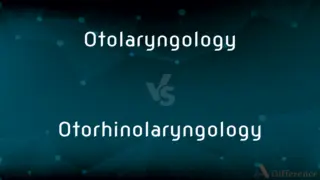
Next Comparison
Otolaryngology vs. OtorhinolaryngologyAuthor Spotlight
Written by
Fiza RafiqueFiza Rafique is a skilled content writer at AskDifference.com, where she meticulously refines and enhances written pieces. Drawing from her vast editorial expertise, Fiza ensures clarity, accuracy, and precision in every article. Passionate about language, she continually seeks to elevate the quality of content for readers worldwide.
Edited by
Tayyaba RehmanTayyaba Rehman is a distinguished writer, currently serving as a primary contributor to askdifference.com. As a researcher in semantics and etymology, Tayyaba's passion for the complexity of languages and their distinctions has found a perfect home on the platform. Tayyaba delves into the intricacies of language, distinguishing between commonly confused words and phrases, thereby providing clarity for readers worldwide.

